SUZUZKI RM-Z250 VERSUS BIG BORE SUZUKI RM-Z270
By Daryl Eckund
I think I can safely say that we all like to have options. I had the opportunity to ride two bikes that were virtually identical and choose the one I liked best. All the mods were bolt-on power. The only difference was that one RM-Z had a 3mm-bigger bore that gave it 20cc more than the 250. Before riding the two bikes, I was sure that it was going to be a no-brainer. I would opt to ride the bigger-displacement 270cc machine. Bigger bore, more power, faster lap times, right? After riding the bikes back to bike, however, I learned that each bike has its intended purpose and unique characteristics. Which is better depends on your personal preference.
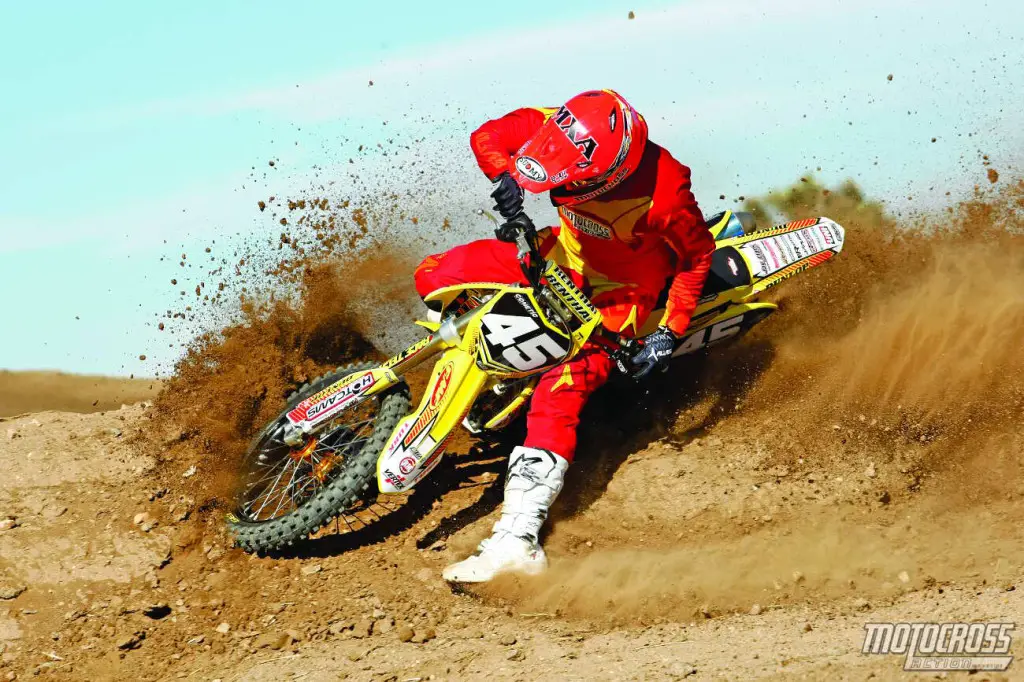
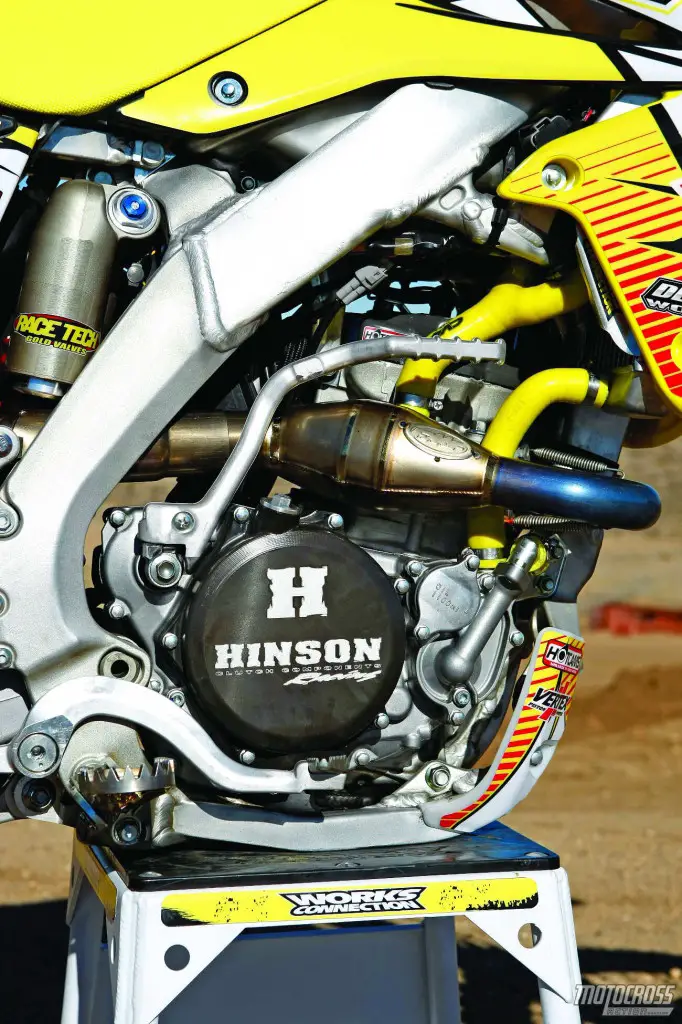
Remember, the bikes were identical. They were equipped with complete FMF exhaust systems, Injectioneering throttle bodies, Vortex ignitions, Vertex pistons, complete Hinson clutches, and Stage 1 Hot Cams. The front brakes were upgraded with oversized, 270mm Tusk rotors for increased stopping power to match the increased pony power. Both sets of suspension were re-valved by Race Tech with the same specs. The Tusk wheels, Renthal handlebars and gearing, Moto Tassinari Air4orce air-boot, graphics, seat, and even all the bling were identical on both bikes.
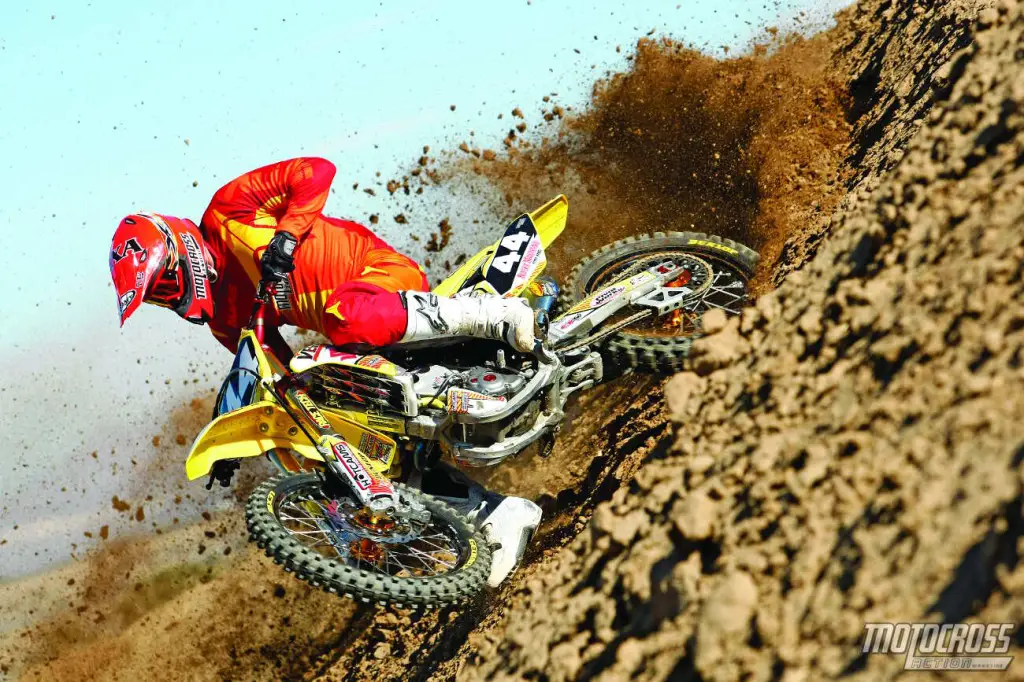
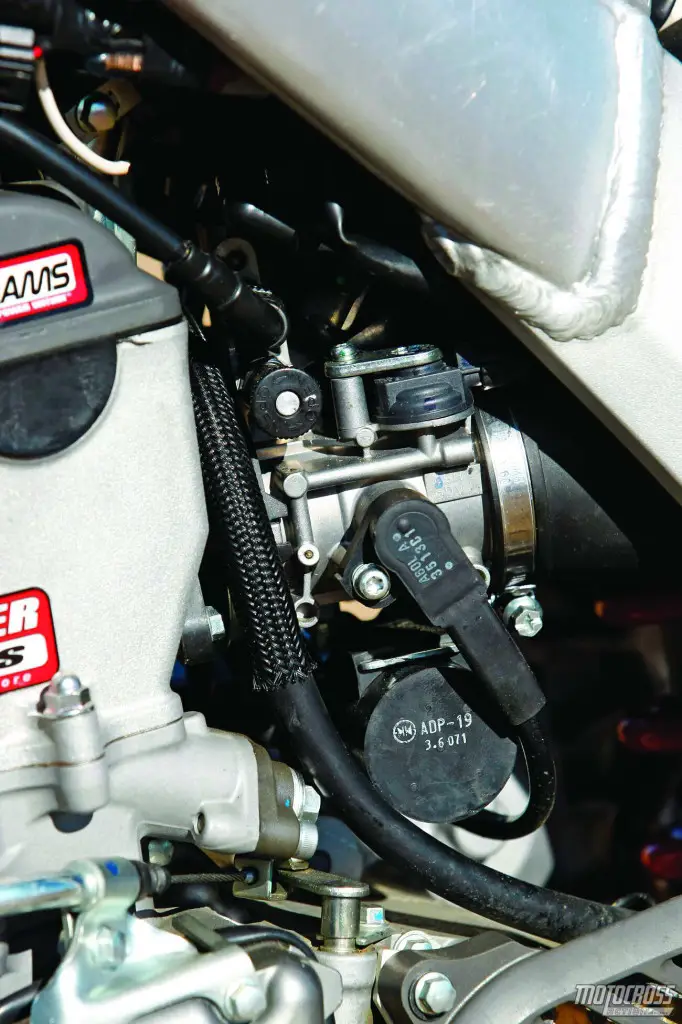
I first hopped on the Cylinder Works RM-Z270 to spin some laps. The powerband was significantly different from your normal 250F engine, and it took me a few laps to adapt. The bike had great throttle response with good bottom-to-midrange torque that pulled out of the corners without me having to abuse the clutch. When I reached the top end, the power curve flattened. I had to learn to short-shift when I was in the meat of the midrange power. With the added compression of the bigger bore, there was also a significant increase in engine braking when downshifting coming hot into corners. This didn’t bother me much, but if I did not hit my shift point at the right time, the rear shock would load up from the increased engine braking. Most of the time I was able to ride in a higher gear, as the increased bottom-to-mid power pulled me through the corners and the engine braking did not affect me. If you don’t like to wind out to the rev limiter to find power, or you are a bit lazy and don’t want to have to shift as much, then the Cylinder Works RM-Z270 is for you.
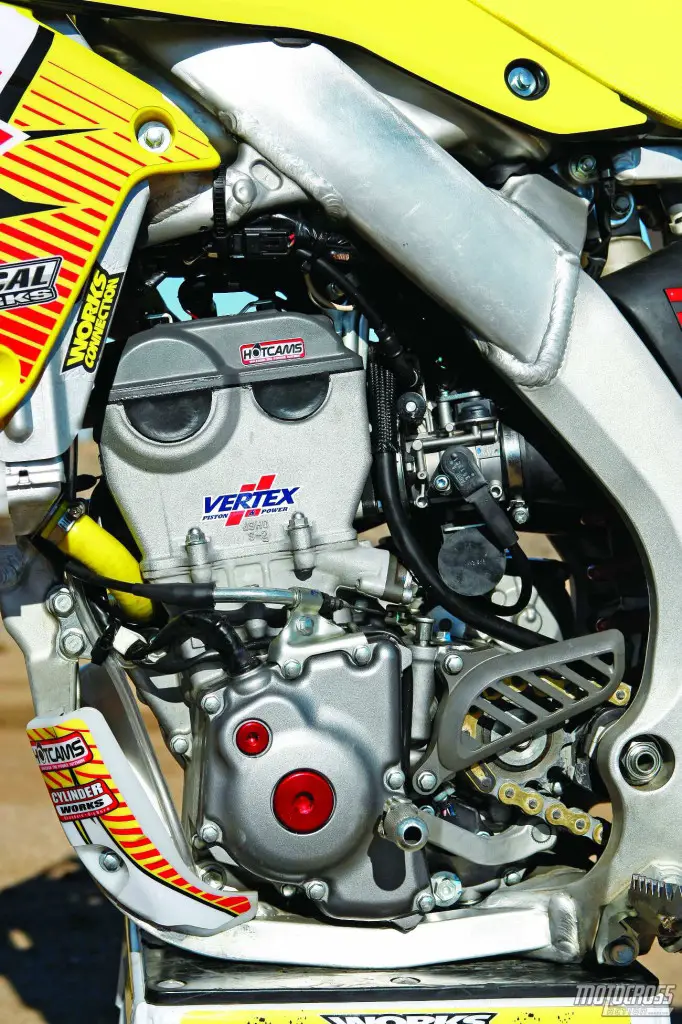
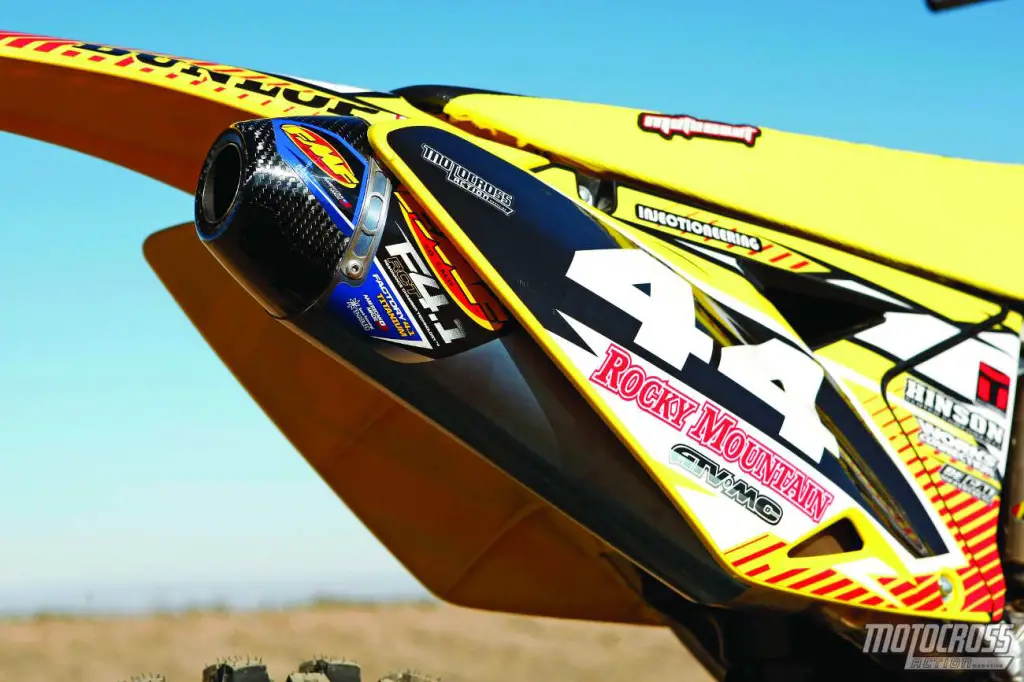
After spinning a moto on the big bore, I instantly jumped on the Vertex Pistons/Hot Cams RM-Z250. Within a lap I felt comfortable on the bike. The powerband of the stock displacement bike was just easier for me to ride. I am a Pro rider and tend to ride in the top of the powerband. I enjoy revving bikes to the moon and back. The bike had the same linear power curve as stock, but with a few more horsepower throughout the entire curve. I did notice that I got more tired on this bike. It was just more work. I had to shift like a madman to keep the bike in the top-end power and work the bike harder to get over the jumps. I couldn’t be as lazy as I was on the big bore. If I made a mistake in a corner on the big bore, I could just grab a fistful of throttle and recover. I had to be much more precise and calculated on the 250. The stock displacement bike is definitely easier to adapt to, but it is tailored for more advanced riders who are good at carrying momentum through corners.
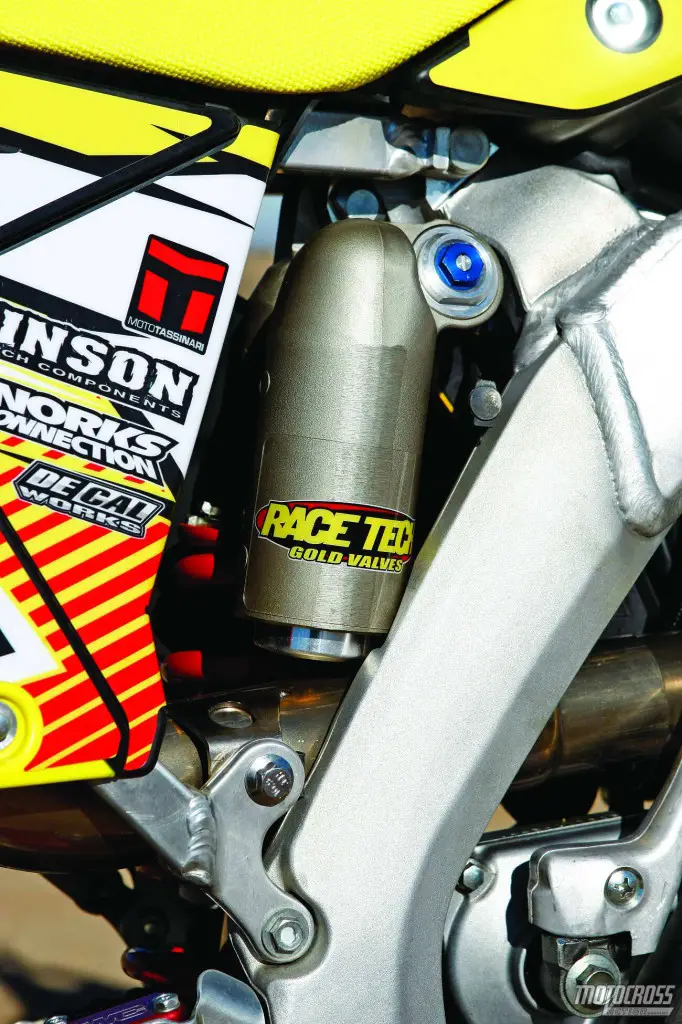

So, which bike would I choose? It’s a hard question, as both had their strong points. In a perfect world—and for an MXA test rider it usually is—I would pick the 250 for high-speed tracks and the 270 for tighter tracks and play riding out in the desert. Neither of the bikes’ upgrades affected the reliability of the engines.
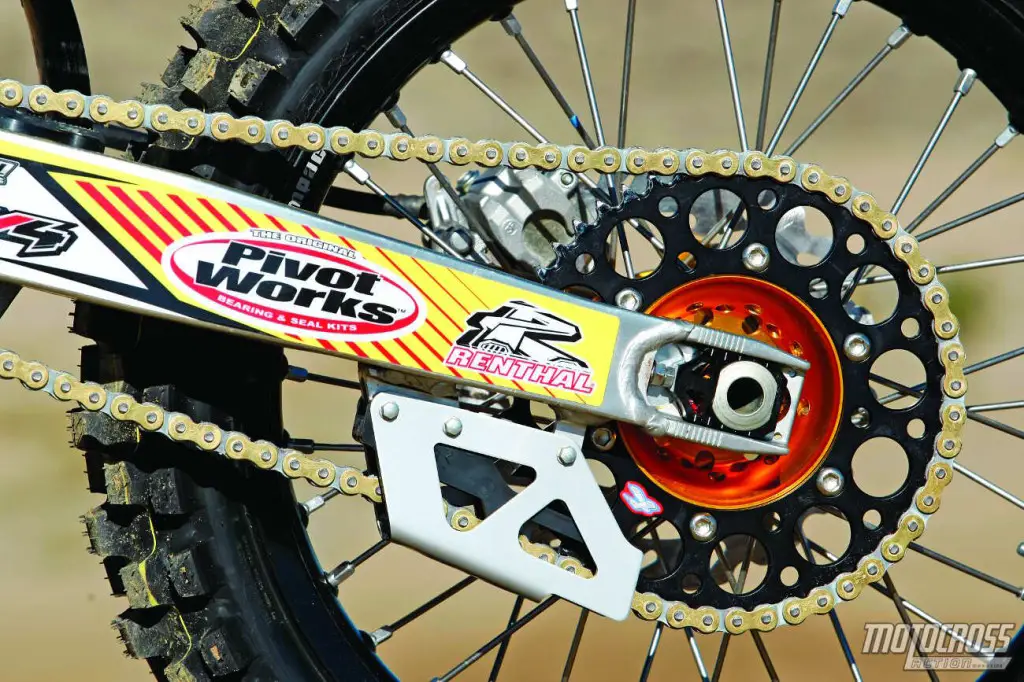

The actual choice of which bike is best is straightforward.
(1) If you race the 250 Novice, Intermediate or Pro classes, the 270 is a no-no.
(2) If you race the Vet class, the 270 stands a better chance on the start against 450s and its power is better suited to the typical Vet riding style.(3) If you are faster than the average rider, the 250 will always be the better choice.
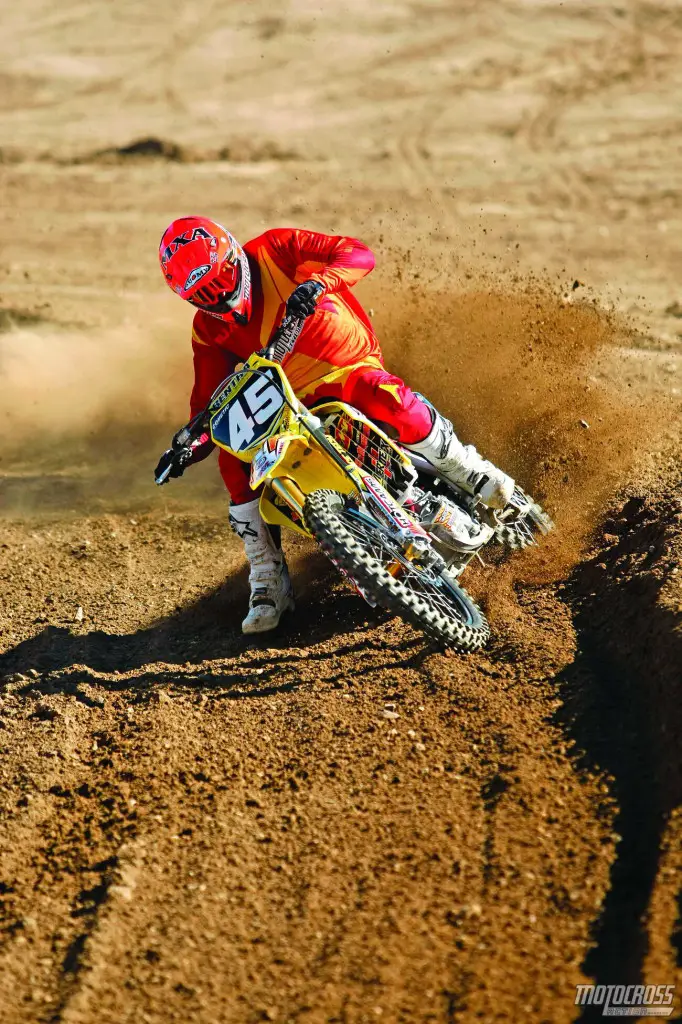
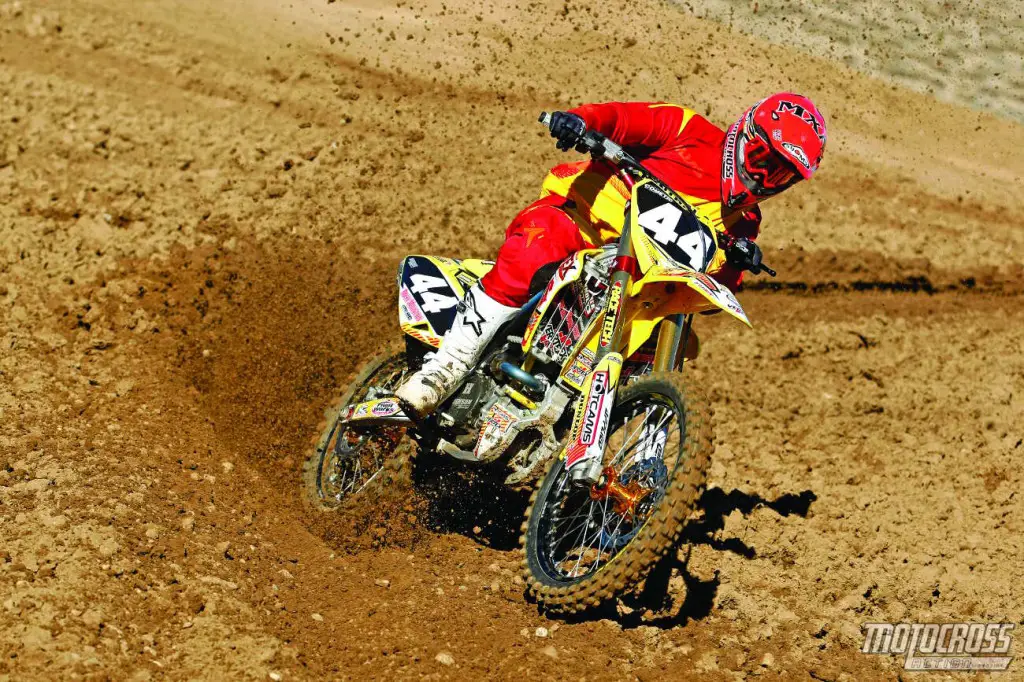


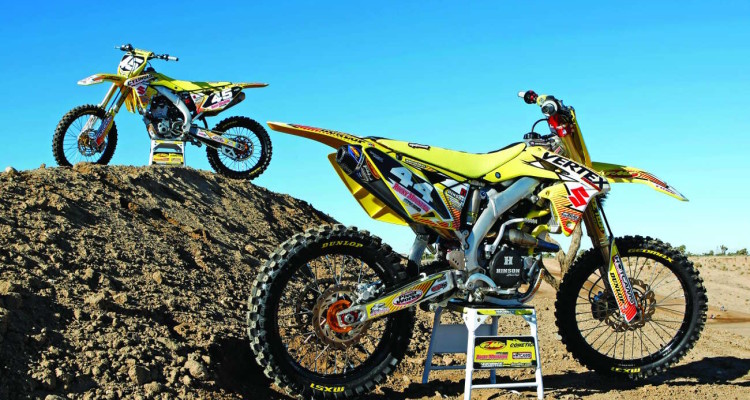




Comments are closed.